(Gerry Furth-Sides) If you love all things Spain as we do, Spain’s annual Great Match 2023 in Los Angeles for the first time in three years made us love it even more. Terroir for wine, and for food, continued the Spanish theme of spring we share with you. The day was hosted by Foods and Wines from Spain, and organized by the Trade Commission.
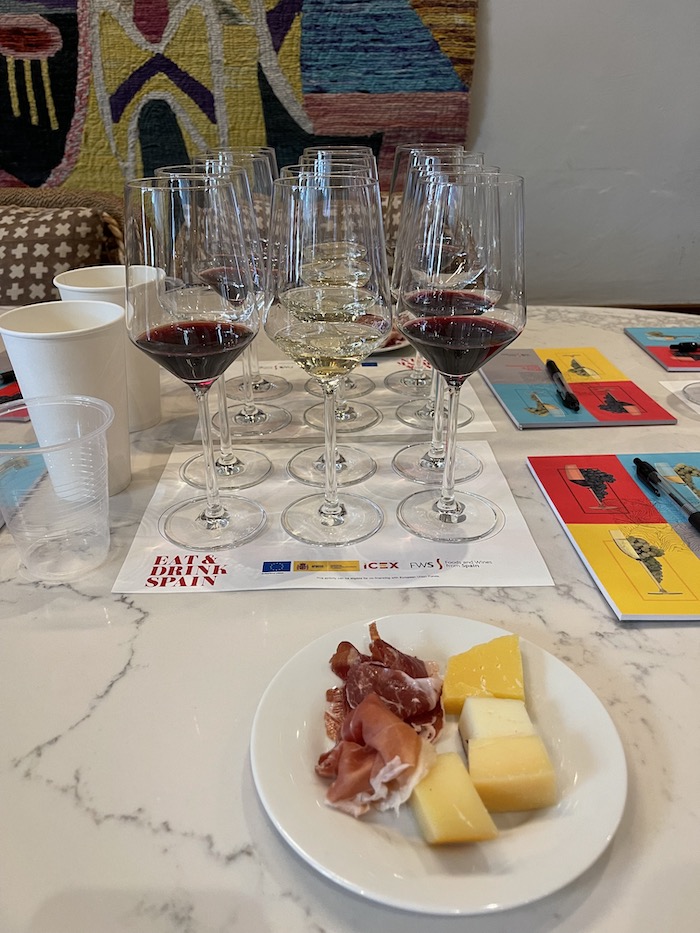
A team of extraordinary Master Sommeliers and culinary experts led seminars and judged challenges. Engaging, knowledgeable renowned Sommelier Evan Goldstein of Full Wine Solutions guided our pairing of wine with cheeses and cured meats.

Evan emphasized that Spain boasts the largest vineyard area of all major wine-growing countries in the world. A whopping 13 % of all grapes on earth stem from Spain with over 100 grape varieties. Still, he chuckled, they are number three wine producer. Could these grapes be in the wines of other countries? In other products? Something to think about, he laughed.
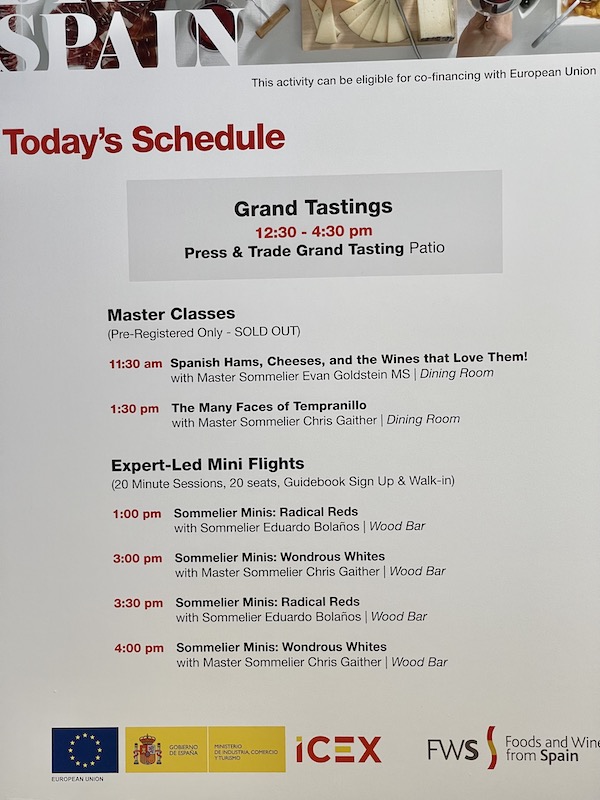
He added, “Italian food is the most universally popular in the world, and it is, you could say that more varied Spanish cuisine – and wine – is Italian food with more pizazz.” We agree.
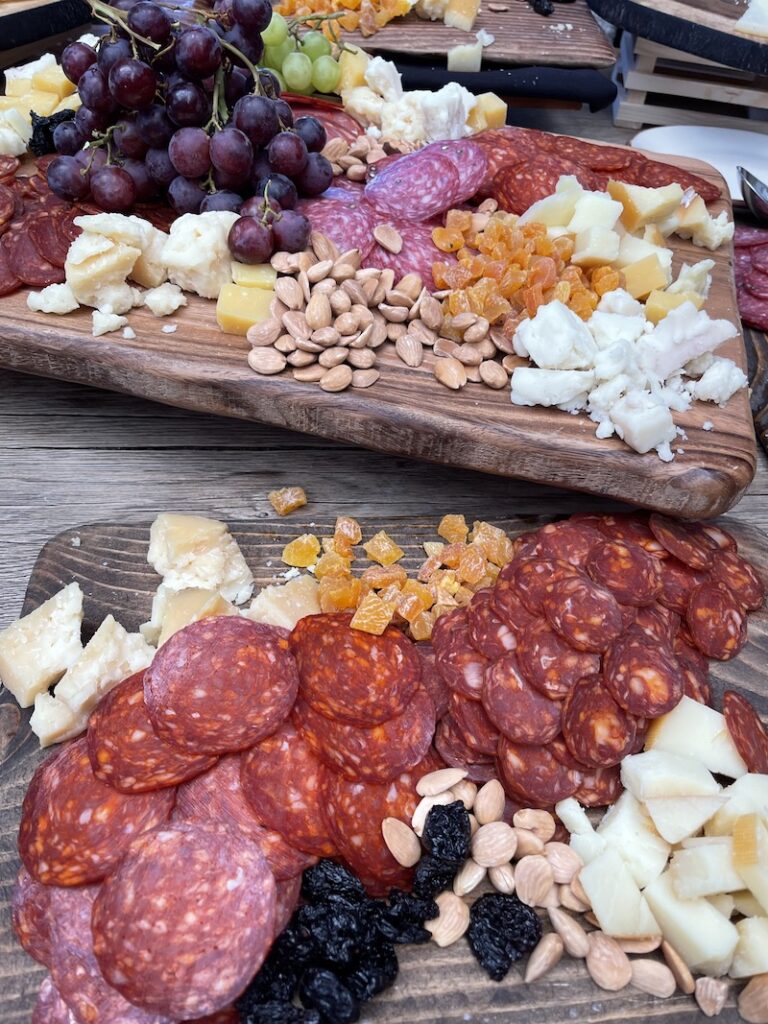
Spanish cheese, the standard way of preserving milk since ancient times. The tremendous variety of Spanish cheeses stems from Spain’s variety of geographical and climatic microclimates, the most diverse in the world.

Spain’s foreign inhabitants is so apparent in the cheeses that the country’s history can be read in the 100+ types of cheeses. The French were influential in the process and the Romans found it easy to transport for their army.
Cheeses are made from the milk of mostly native cows, ewes/sheep, and goats and blends. Cows range mostly in the northern coastal area, sheep in the northern inland. Goats along the more rugged coast sand in the Canary Islands.
Coagulation differs and results in a staggering number of unique round or square shapes and sizes and rinds of different colors. Artisan or industrial can also be engraved, smoked, rubbed with oil or spice-flavored.
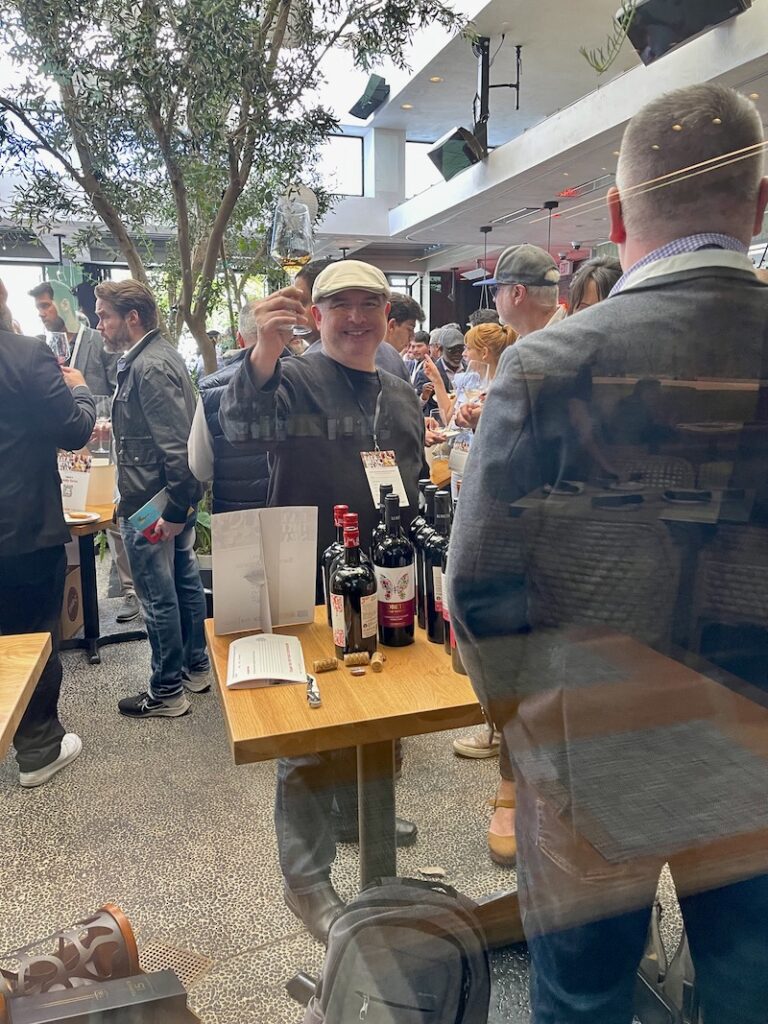
Northern Spanish cow’s milk cheeses are from rainy, mountainous strip along the northern coast of Spain, separated from the rest of the peninsula by mountains, which feeds over 15 native cattle breeds.
Many remote spots in the north are difficult to reach, and their geographical isolation has led to an extraordinary wealth of different types of cheeses. On Menorca, the northernmost of the Balearic Islands, this Mahón-Menorca cows’s milk cheese is covered by a PDO. It is velvety and firm and paired with all of the wines. With this was served a Roger Goulart Brut Organic Reserva 2019 ($24, a champagne for $24!).
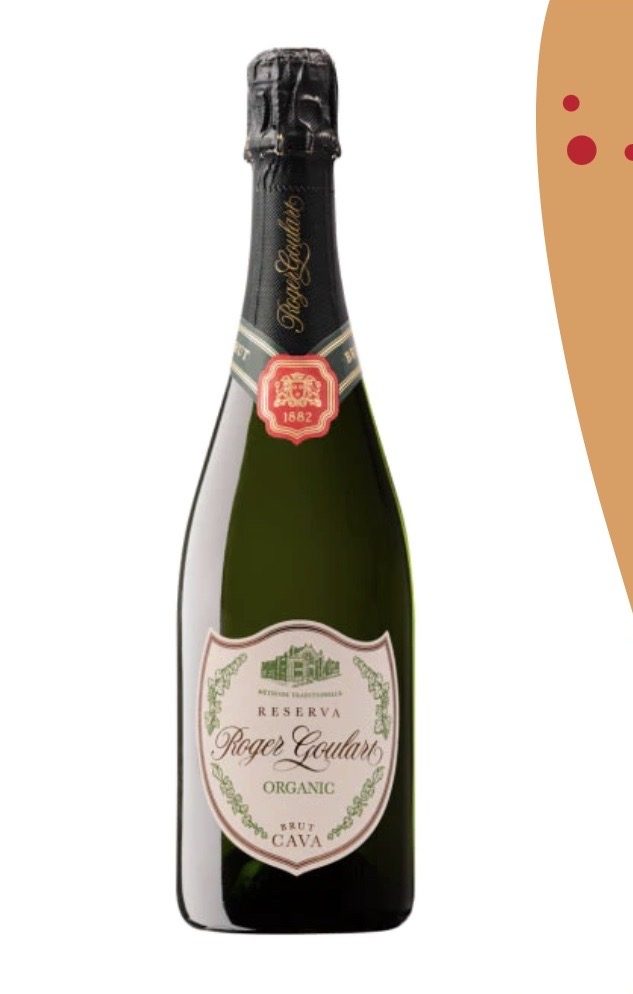
Goat cheeses from Spain come mostly the Mediterranean coast, mountains of Andalusia and Extremadura. Different native breeds and crossbreeds are used. We tried the novel Murcia al Vino, made from the milk of the Murcian goat and then soaked in red wine so that it is striated with the streaks of wine. Sumptuous and soft, they would also spread on a cracker.
This cheese was paired with a Marqués de Rascal Verdejo 2021 Sauvignon Blanc, round on the palate and so natural. Look for aromas of pear and flavors of white currant, green apple, and lemon zest.
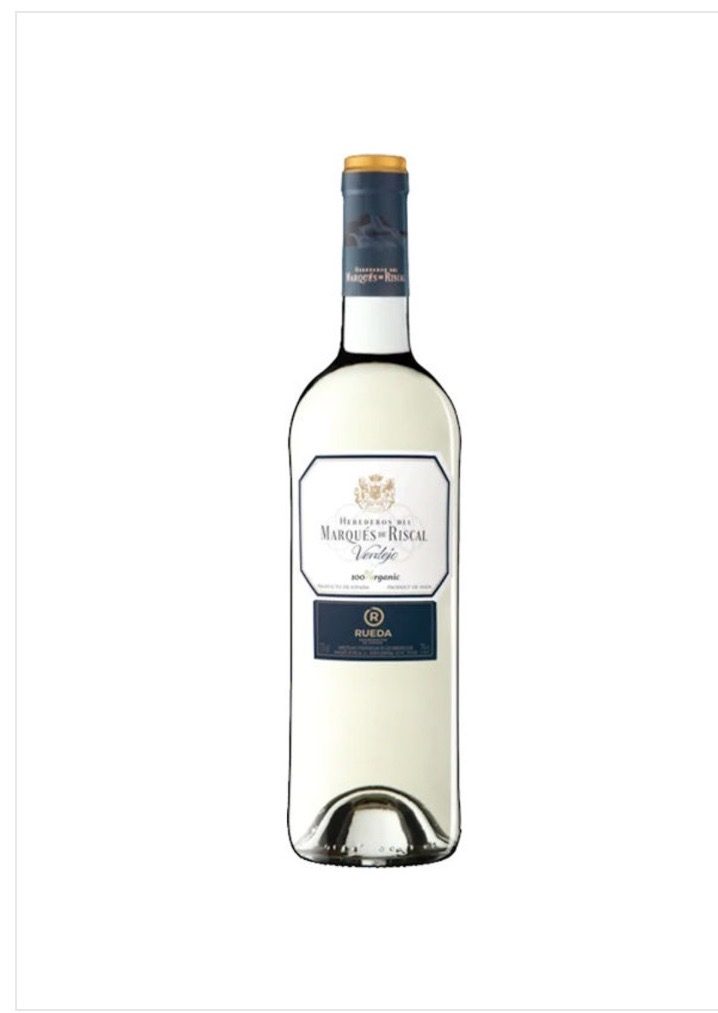
The third Manchego sheep cheese, aged for four years was a perfect bite and is also particularly good for grating because it is a close match to parmesan, Evan told us. He added that that along with the all-important leche (milk) terroir, the cheeses as they age get sharper and more firm.

Sheep are the most authentic livestock in Spain. They mostly inhabit the Castilian plains in central Spain and the pasture-rich southwest. Some of the most important Spanish cheeses are in fact, Manchego Zamorano, along with Torta de la Serena and Torta del Casar, all of which are covered by Protected Denominations of Origin (PDO) status.
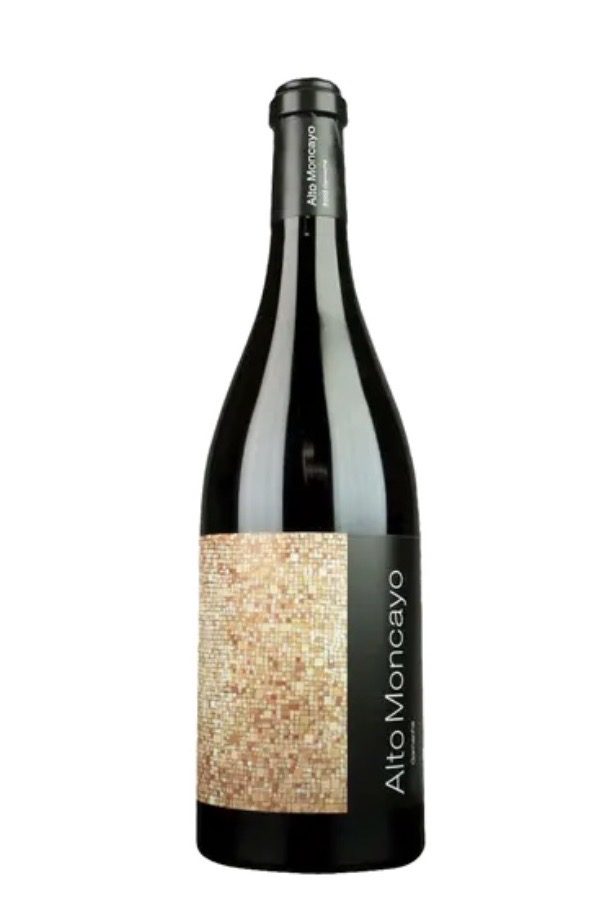
Our fourth cheese, smoky strong diaz sheep cheese, Idiazabal, is from the mountains of northern Spain in Basque Country and Navarre. It is so valuable it is limited to a liter per day. It is also dried near the fireplace for the ideal smokey flavor. Also of note it is one of two types of ewes’ milk cheeses with PDO guarantees, the other being Roncal.
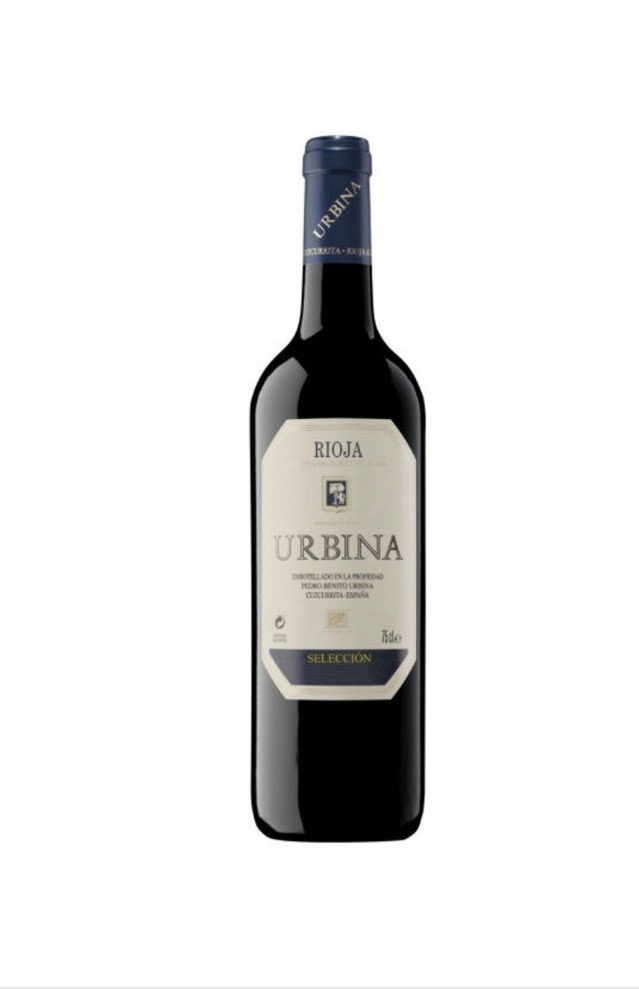
Jamon is a pre-Roman, centuries old favorite, an essential part of Spanish cuisine and culture. Of course, Evan mentioned, it was “out” under Moorish Muslim rule. These days it has a DOC and an AOC rating, which Evan noted increases its value by 40%.
Jamon serrano comes from the mountains and hills. The famous Iberico is darker and denser because the pigs feed in both Spain and Portugal across the border. Fun fact: Columbus carried Iberico with him on the Santa Maria.
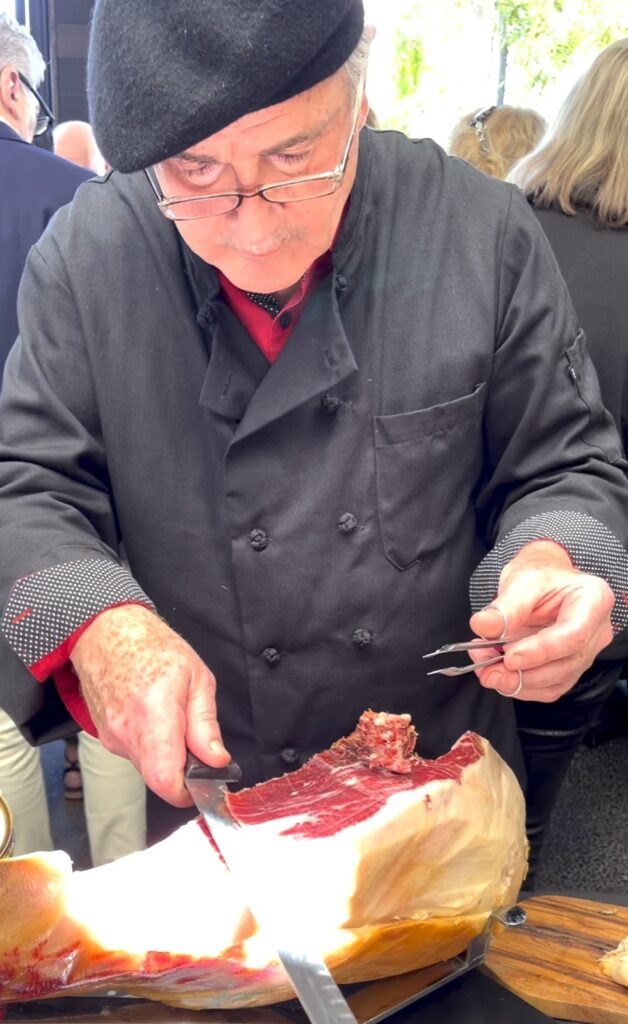
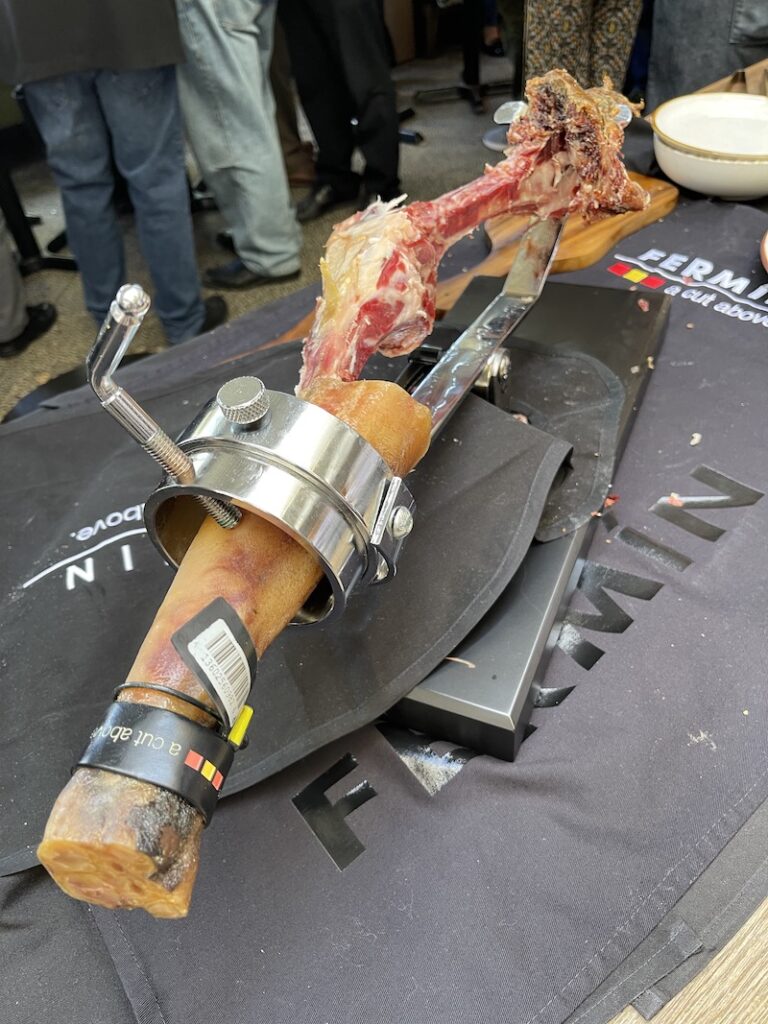
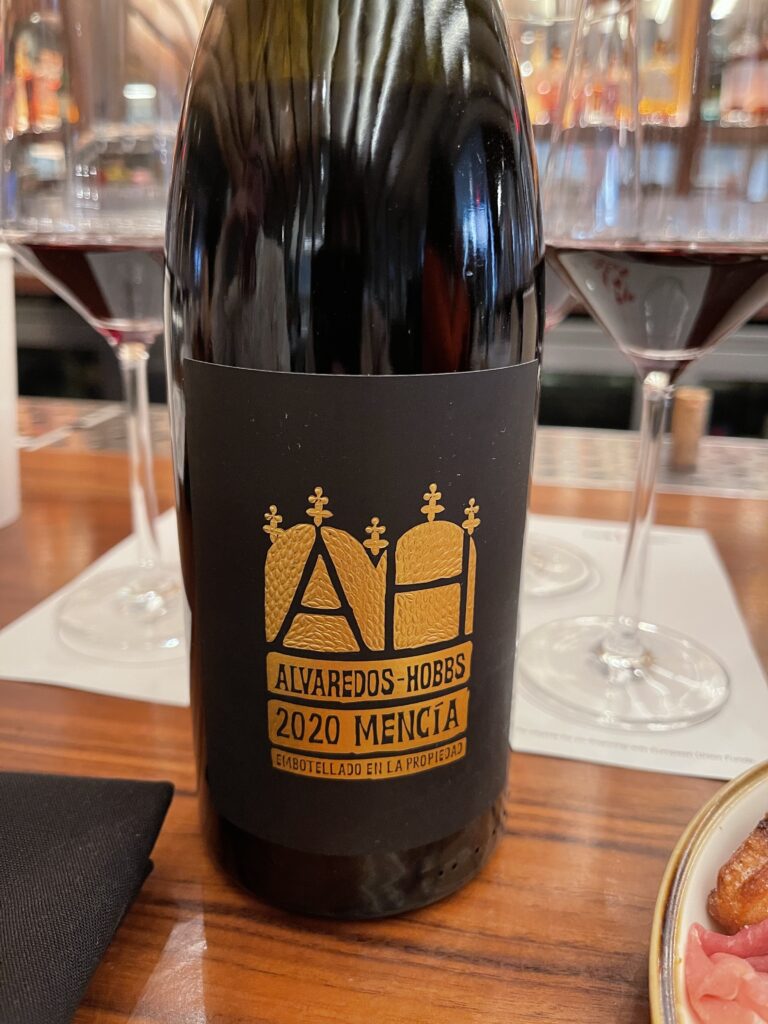
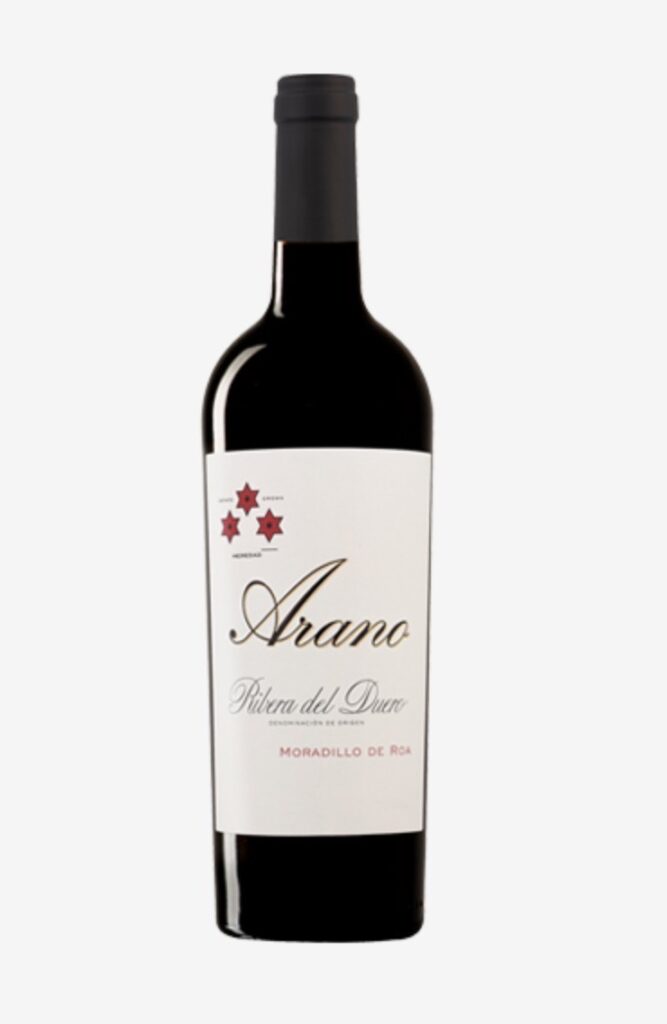
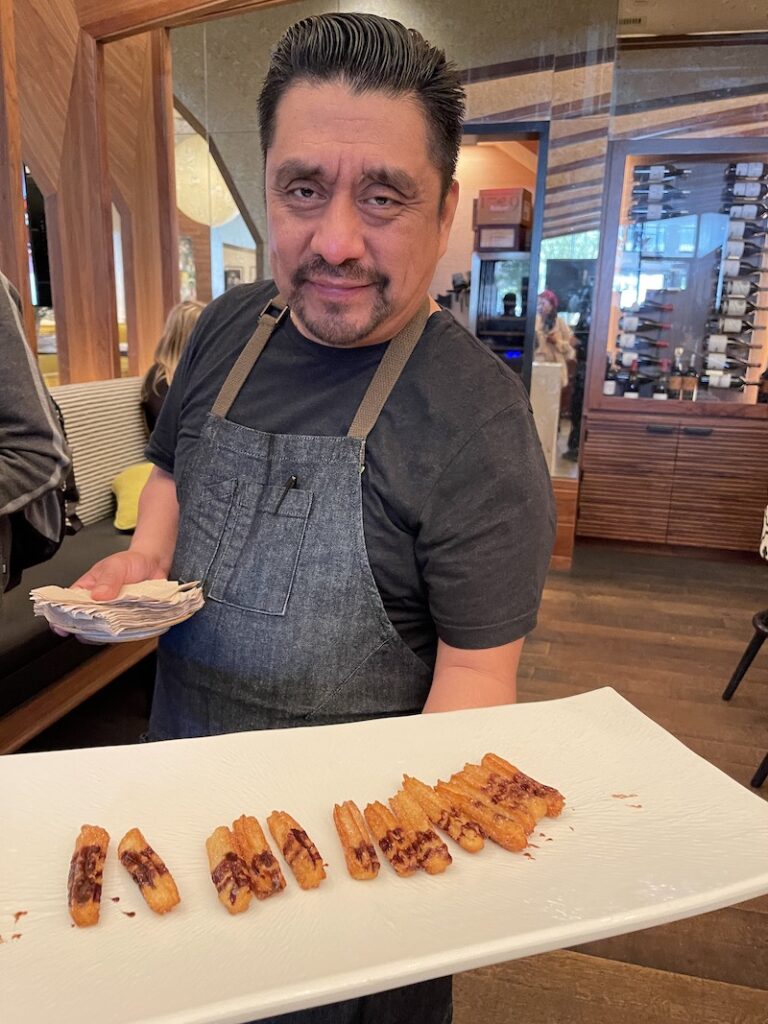
Soulmate was an unexpected new open-air surprise of a restaurant in West Hollywood with spectacular yet inviting design by Sean Leffers Interiors. Chef Rudy Lopez oversees the Spanish Mediterranean food cooked over a live fire. It’s essence matches that of Spain, synonymous with passion and allure in its hospitable, warm lifestyle, music, architecture and its gastronomy.

For more information, please see Facebook.com/SpainFoodWineUS and @SpainFoodWine
Soulmate, 631 North Robertson Blvd., West Hollywood, CA 90069
For more details, please check: Social Media #SGMLA23 and #SpainsGreatMatch2023 on Twitter at @FoodWineSpain and on Instagram at @SpainFoodWine.
Questions?
Please email us at sommelier@fullcirclewinesolutions.com. We appreciate your patience as we process a higher volume of inquiries than normal.
//www.foodswinesfromspain.com/en/food/products/cheese
For our article on past Wines from Spain events, please see: //localfoodeater.com/meet-the-new-wine-darling-at-25th-spains-great-match/

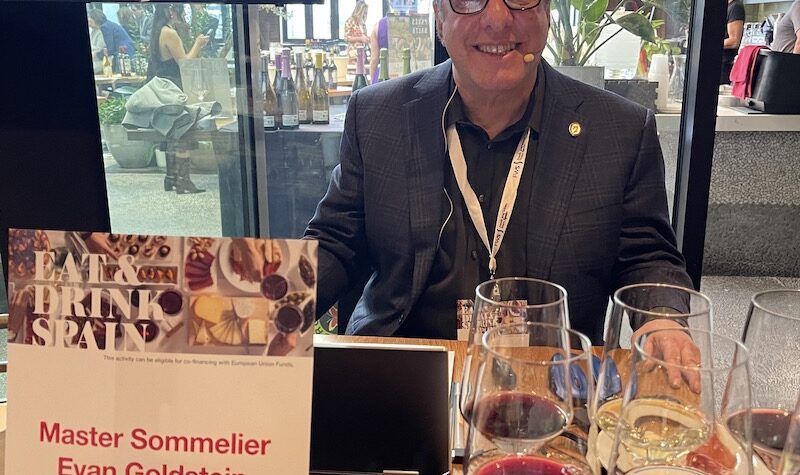
 Gerry Furth-Sides
Gerry Furth-Sides  Barbara Hansen
Barbara Hansen  Chef-owner Alain Cohen
Chef-owner Alain Cohen  Roberta Deen
Roberta Deen  Jose Martinez
Jose Martinez  Nivedita Basu
Nivedita Basu